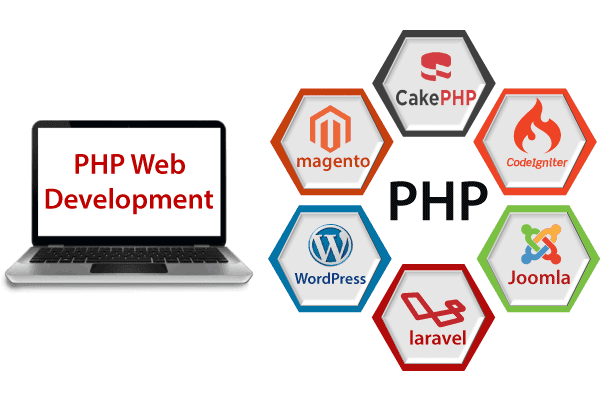PHP, or Hypertext Preprocessor, is one of the most widely-used server-side scripting languages for web development. It powers millions of websites, including some of the biggest names like Facebook and WordPress. If you're looking to start PHP development, this guide will provide you with the essential steps and resources to begin your journey.
Why Choose PHP?
1. Popularity and Demand: PHP is a highly popular language with a vast community. It is in high demand for developing dynamic websites and web applications.
2. Ease of Learning: PHP is relatively easy to learn, especially if you have a basic understanding of programming concepts.
3. Flexibility and Integration: PHP integrates seamlessly with various databases, including MySQL, and can work in conjunction with HTML, CSS, JavaScript, and other web technologies.
4. Open Source and Free: PHP is open source and free to use, which makes it accessible for beginners and seasoned developers alike.
Setting Up Your Environment
1. Choose a Text Editor or IDE:
- Text Editors: Sublime Text, Visual Studio Code, Atom.
- Integrated Development Environments (IDEs): PhpStorm, NetBeans, Eclipse.
2. Install a Local Server:
- XAMPP: An easy-to-install Apache distribution containing MariaDB, PHP, and Perl.
- WAMP: A Windows-based package including Apache, MySQL, and PHP.
- MAMP: A solution for macOS users, bundling Apache, MySQL, and PHP.
- LAMP: For Linux users, consisting of Linux, Apache, MySQL, and PHP.
3. PHP Installation:
- PHP is included in XAMPP, WAMP, and MAMP packages. However, you can also install PHP individually from the official [PHP website](https://www.php.net/downloads).
Basic PHP Syntax and Concepts
1. Hello World:
This simple script outputs "Hello, World!" to the browser.
2. Variables:
3. Control Structures:
- If Statement:
- For Loop:
4. Functions:
Working with Databases
1. Connecting to MySQL Database:
2. Performing SQL Queries:
Learning Resources
1. Official Documentation: The PHP Manual is an excellent resource for understanding PHP functions and features.
2. Online Courses:
- Udemy
- Coursera
3. Books:
- "PHP & MySQL: Novice to Ninja" by Kevin Yank
- "Learning PHP, MySQL & JavaScript" by Robin Nixon
Building Your First Project
Start with a simple project to consolidate your learning. For example, create a basic CRUD (Create, Read, Update, Delete) application. This will give you hands-on experience with PHP and MySQL.
1. Create a Database: Set up a database and a table using MySQL.
2. Build a Form: Create an HTML form to input data.
3. Handle Form Data: Write PHP scripts to handle form submissions and interact with the database.
4. Display Data: Create pages to display, update, and delete data from the database.
To Check Our Training Video On PHP Development: Click Here
To Get A Server For Practice Online: Click Here
Conclusion
Starting PHP development is an exciting journey that opens doors to creating dynamic and interactive web applications. By setting up the right environment, understanding basic syntax, working with databases, and leveraging the wealth of available resources, you can master PHP and build powerful web solutions. Happy coding!




















0 Comments